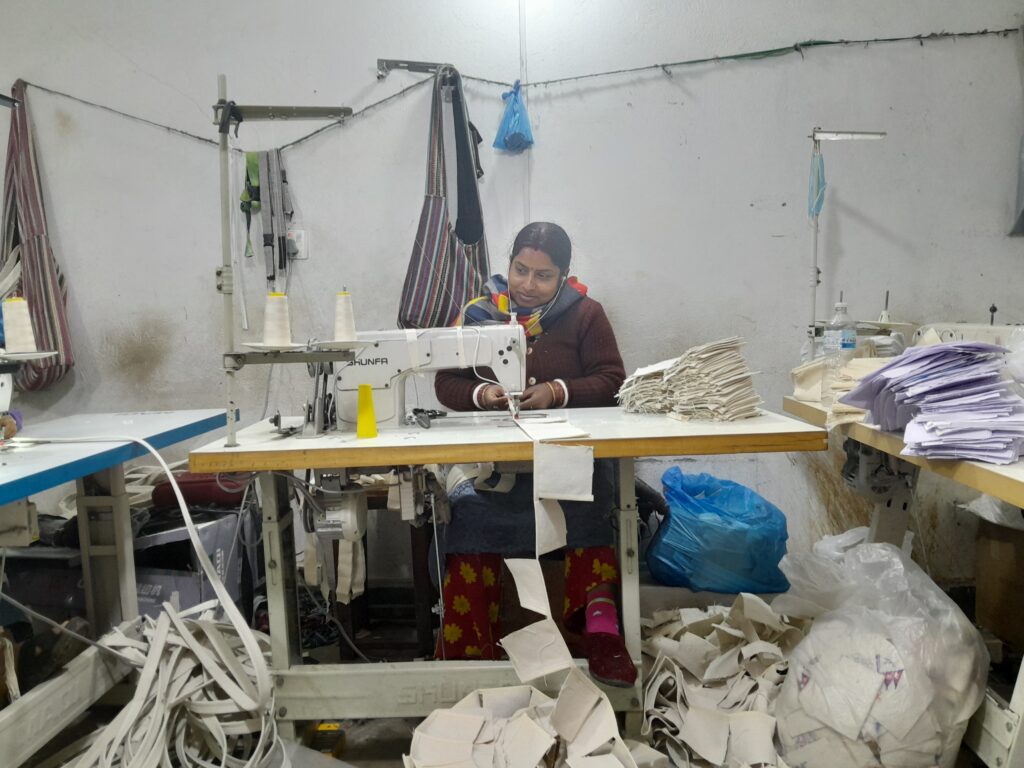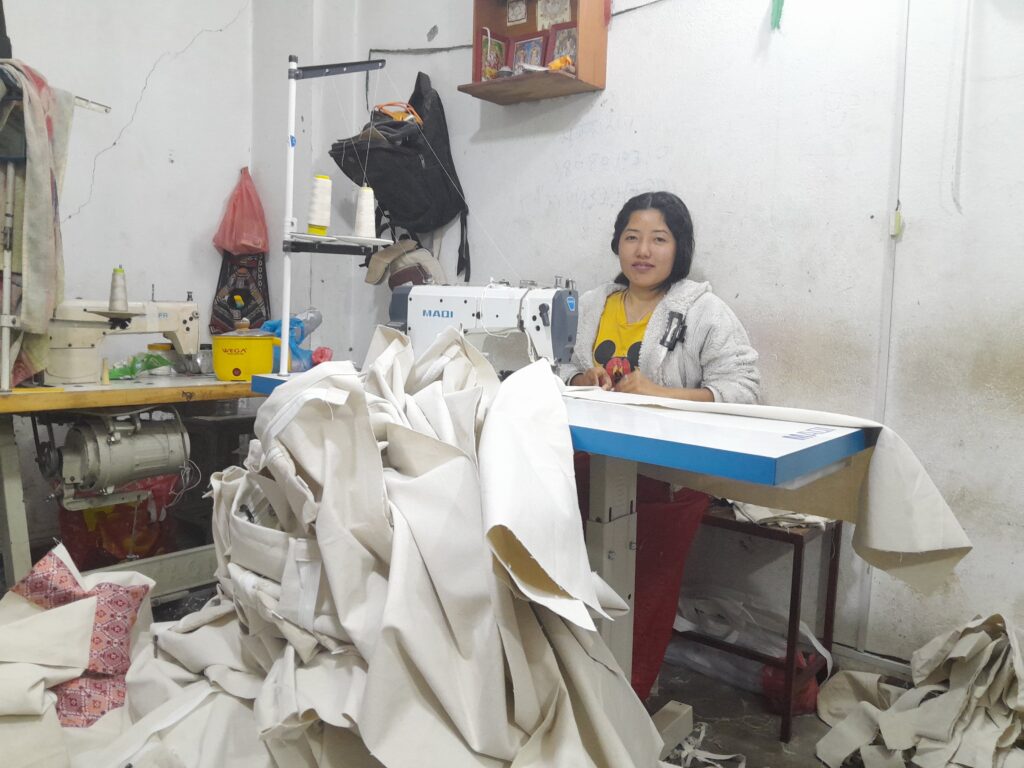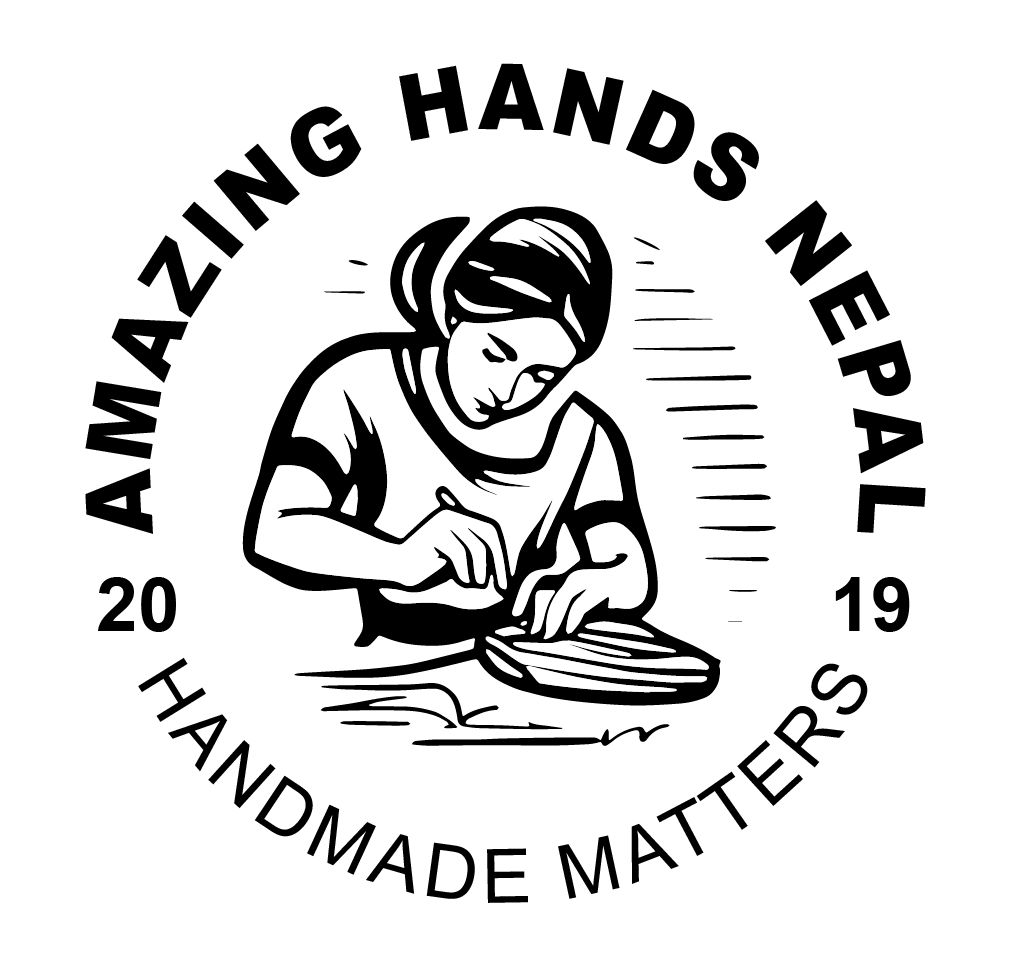Unlocking the Potential of Nepali Handicrafts with this post.
Nepal, a country rich in culture and tradition, has a vibrant history of creating exquisite handicrafts. From intricately woven textiles to finely carved wooden artefacts, the diversity and authenticity of Nepali handicrafts reflect the skilled craftsmanship that has been passed down through generations. These traditional art forms not only hold cultural significance but also possess the potential to make a mark on the global stage. In this article, we delve into the world of Nepali handicrafts, exploring their unique qualities, the challenges faced by artisans, and the initiatives being taken to preserve and promote these cultural treasures.
The Essence of Nepali Handicrafts
Nepali handicrafts are a reflection of the country’s rich cultural heritage. Each piece tells a story, often deeply rooted in Nepal’s history, religion, and societal values. The traditional art found in these artefacts showcases the meticulous attention to detail and the exceptional creativity of Nepali artisans.
A Testament to Traditional Skills
The making of Nepali handicrafts is an art form that necessitates precision, patience, and a deep understanding of ancient techniques. These skills are typically passed down from one generation to the next, preserving the traditional methods that make these handicrafts so unique. From the spinning of pashmina wool into luxurious scarves and shawls to the delicate brush strokes on Thangka paintings, the legacy of Nepali craftsmanship is alive in every creation.
Diversity in Craftsmanship
Nepal’s diverse geography and multicultural society give rise to a variety of handicraft styles. The intricate metalwork, including silver jewelry and traditional singing bowls, is as much a part of the Nepali handicraft scene as the pottery from the Kathmandu Valley or the hand-knotted Tibetan carpets.
Each region contributes its distinct style and materials, which means that the handicrafts from Nepal are not just varied but also rich with regional character. For instance, Dhaka textiles are known for their colorful geometric patterns, while Mithila art from the Terai region is renowned for its complex line drawings depicting deities and nature.

Challenges Facing the Nepali Handicraft Industry
Despite the inherent beauty and value of Nepali handicrafts, the artisans and the industry face significant challenges that threaten the survival and growth of this traditional art form.
Competition with Mass Production
In an age where mass-produced goods are often favored for their lower costs and availability, handmade Nepali artefacts struggle to compete. The time-intensive processes and the high cost of materials can result in higher prices for genuine handmade items, making it difficult for artisans to sustain their livelihoods.
Preserving Traditional Methods
As modern technology makes its way into all sectors of production, there is a risk that traditional crafting methods may be lost. The younger generation may be less inclined to learn and preserve the labor-intensive techniques of their forebears, especially if they do not see a viable future in the handicraft industry.
Limited Market Access
Many Nepali artisans operate on a small scale and lack the resources to effectively market their products beyond local borders. Without access to larger markets, these craftsmen and women miss out on the potential financial benefits that could come from a broader customer base.
Promoting Nepali Handicrafts on the Global Stage
Despite these challenges, there are concerted efforts to promote Nepali handicrafts both domestically and internationally. These initiatives aim to not only preserve the cultural heritage of Nepal but also to empower artisans by opening up new markets and opportunities.
Empowering Artisans through Fair Trade
Fairtrade organizations play a pivotal role in ensuring that artisans receive a fair price for their work. By promoting ethical trade practices, these groups help to improve the standard of living for craftsmen and women, enabling them to continue their traditional work.
Harnessing the Power of Technology
The internet and social media platforms offer unprecedented opportunities for artisans to showcase their work to a global audience. By creating online marketplaces and utilizing digital marketing strategies, the reach of Nepali handicrafts has expanded significantly, bringing traditional Nepali art to the doorsteps of international consumers.
Cultural Exchange and Tourism
Tourism is a powerful vehicle for the promotion of Nepali handicrafts. Visitors to Nepal often seek authentic cultural experiences, and purchasing local handicrafts is a popular way for tourists to take a piece of Nepali culture home with them. This not only boosts the economy but also encourages cultural exchange and appreciation.

The Future of Nepali Handicrafts
The future of Nepali handicrafts hinges on the balance between preserving traditional methods and embracing innovation. By honoring the heritage of these crafts while adapting to the changing market demands, the handicraft industry in Nepal can thrive.
Educating the Next Generation
Ensuring that young Nepalis appreciate the value of their cultural heritage is essential for the continuation of traditional handicrafts. Educational programs that teach the importance and techniques of these crafts can inspire a new generation of artisans.
Sustainable Practices and Innovation
As the world moves towards more sustainable and eco-friendly practices, there is an opportunity for Nepali handicrafts to lead by example. By incorporating sustainable materials and innovative designs, these artefacts can appeal to a market that values both tradition and environmental consciousness.
Building a Brand for Nepali Handicrafts
Creating a strong brand for Nepali handicrafts can help distinguish them in the global marketplace. This involves not only quality control and standardization but also storytelling that highlights the unique aspects of each piece.
Conclusion
Nepali handicrafts are a testament to the country’s artistic heritage and the skill of its people. While the industry faces challenges, there is a clear path forward that involves fair trade, technological advancements, and a focus on sustainability and innovation. With the right support and recognition, the potential of Nepali handicrafts is limitless. By unlocking this potential, we not only celebrate and preserve a significant aspect of Nepali culture but also empower the artisans who are the custodians of these traditional art forms.


